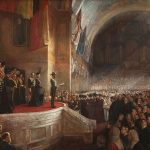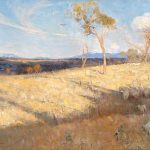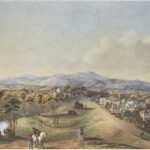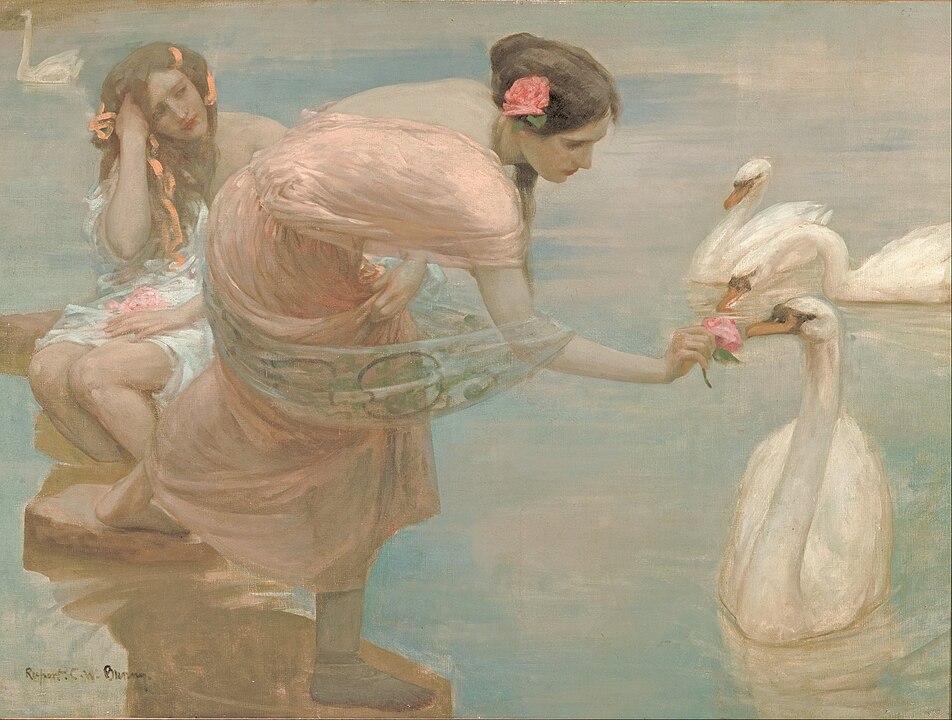
Rupert Bunny (1864–1947) was an Australian painter who achieved recognition for his work in the late 19th and early 20th centuries. Born on September 29, 1864, in St Kilda, a suburb of Melbourne, Australia, Bunny was one of the country’s leading expatriate artists, spending much of his career in Europe.
- Early Life and Education: Rupert Bunny was born into an artistic family; his father, Charles Bunny, was a well-known portrait painter. Rupert began his artistic education at the National Gallery of Victoria Art School in Melbourne, where he studied under George Folingsby.
- Move to Paris: In 1884, Bunny traveled to Paris to continue his studies at the Académie Julian, a prominent art school. Paris was a thriving center for the arts during this period, and Bunny was exposed to various artistic influences, including Impressionism and Post-Impressionism.
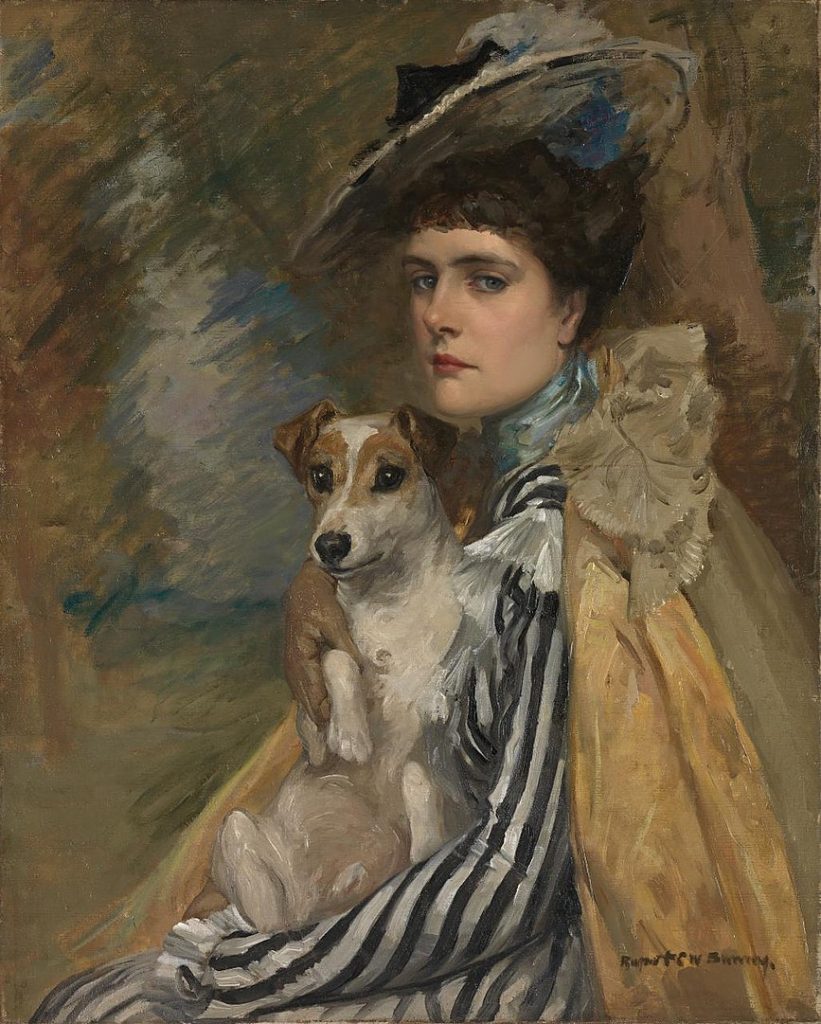
- Impressionist Style: Bunny’s early works were influenced by Impressionism, characterized by a focus on light, color, and capturing the transient effects of nature. His paintings often depicted scenes of leisure, elegant women, and landscapes.
- Exhibitions and Recognition: Bunny gained recognition for his paintings, and his work was exhibited at the Paris Salon, the Royal Academy in London, and other prestigious venues. He received several awards for his contributions to the arts.
- Subject Matter: Bunny’s subjects ranged from portraits and landscapes to genre scenes and allegorical works. He was particularly known for his depictions of beautiful women in elegant settings.
- Expatriate Career: Bunny spent much of his career in Europe, living in Paris and later in London. He became part of the expatriate community of Australian artists in Europe and maintained connections with other prominent artists of his time.
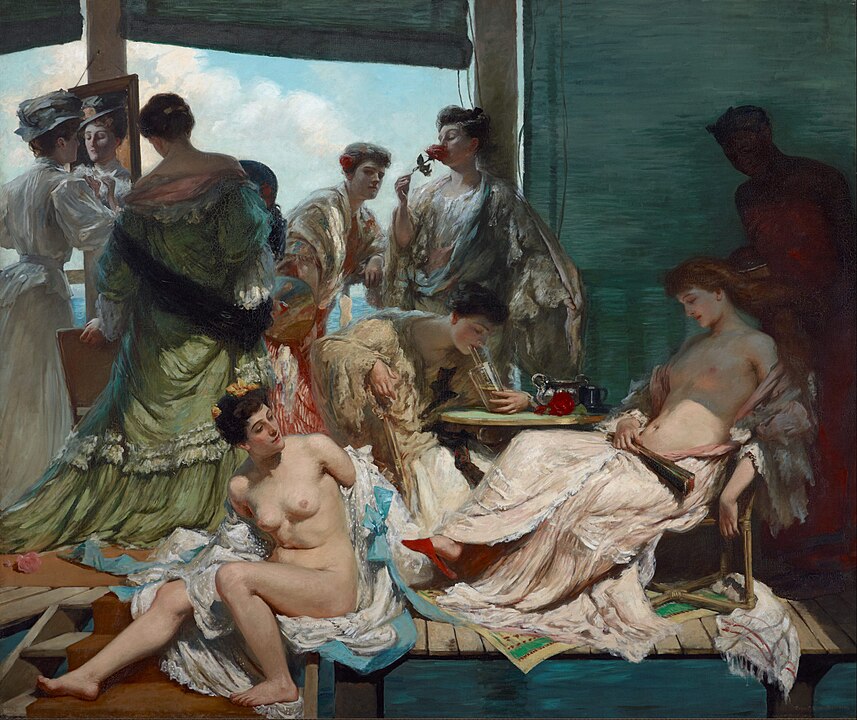
- Return to Australia: Bunny returned to Australia periodically, and he became a popular figure in the Australian art scene. His work was often well-received by audiences in his homeland.
- Later Years: In the later years of his career, Bunny’s style evolved, and he incorporated elements of Art Nouveau and Symbolism into his work. He continued to paint and exhibit, maintaining his reputation as one of Australia’s leading artists.
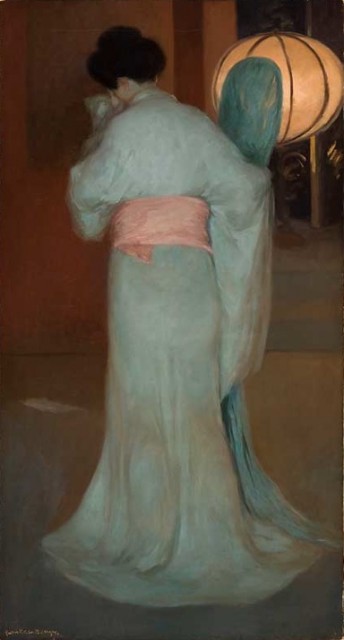
Rupert Bunny died on May 25, 1947, in Melbourne, Australia. His legacy endures as one of the notable Australian artists who achieved success on the international stage. Bunny’s paintings are held in major art collections, and his contributions to the arts are celebrated as part of Australia’s cultural heritage.


